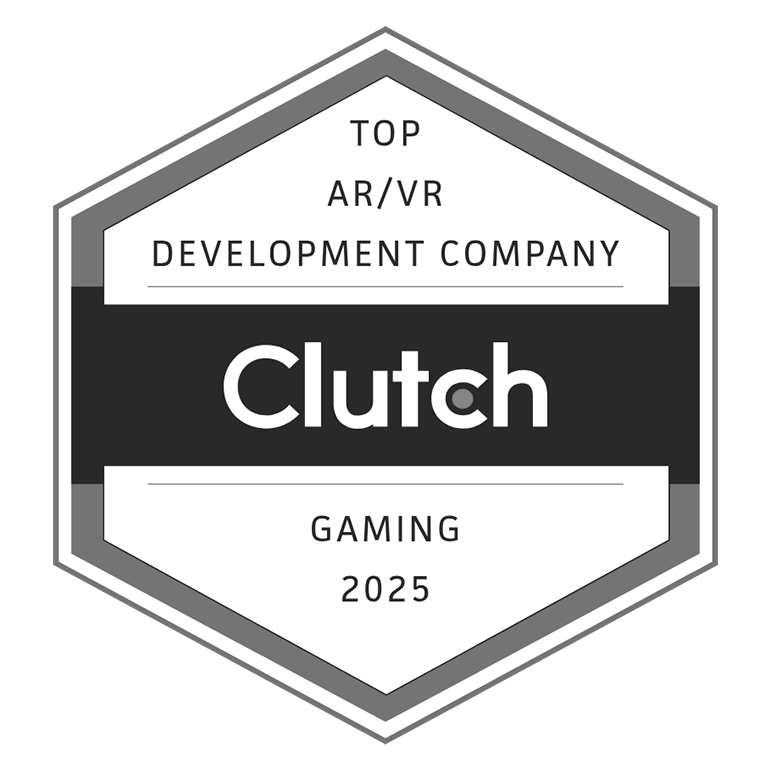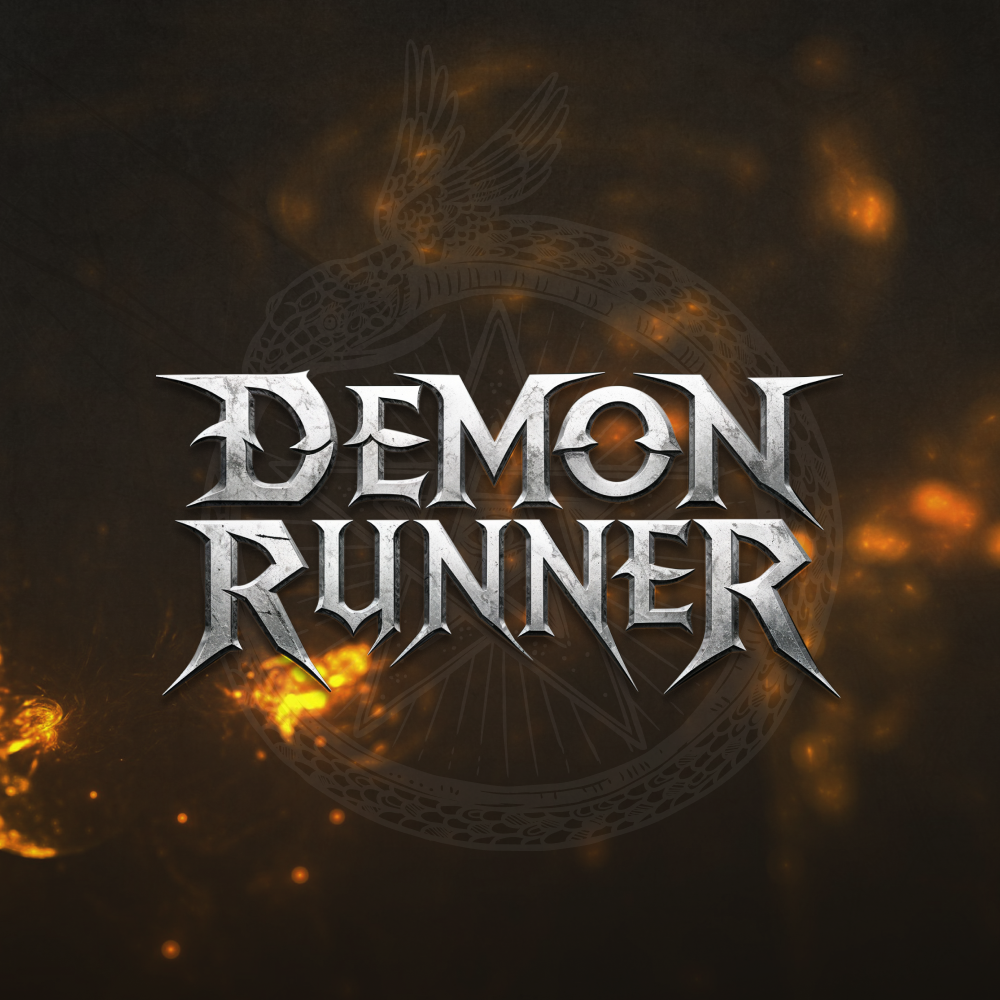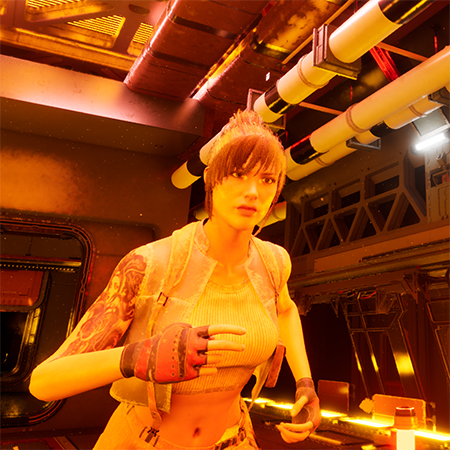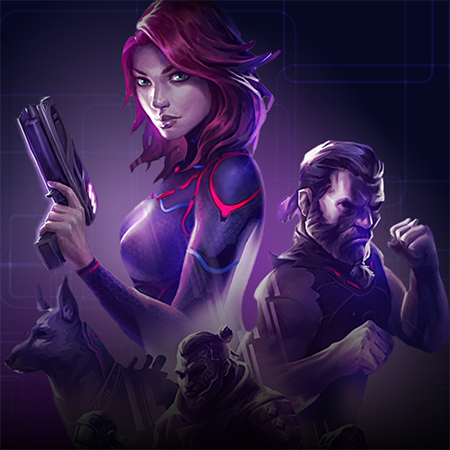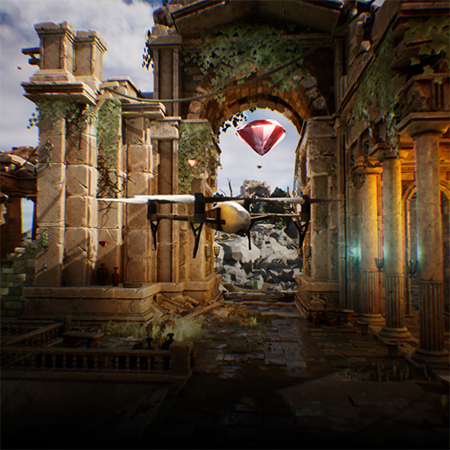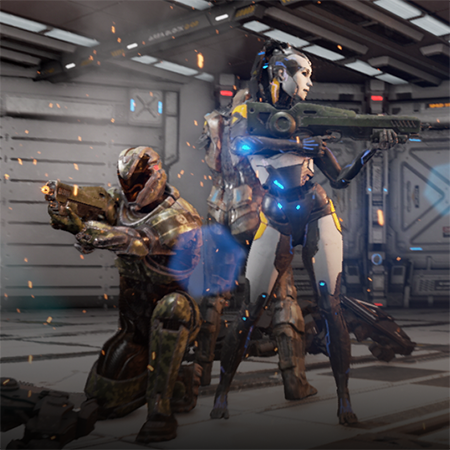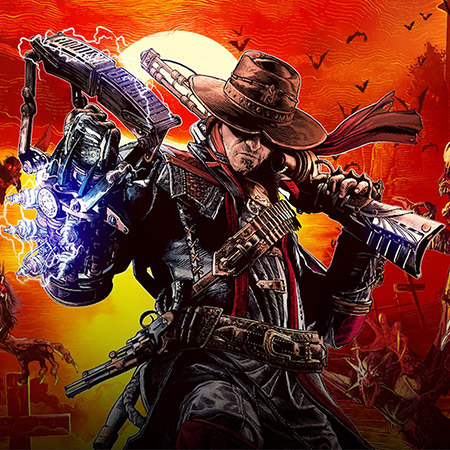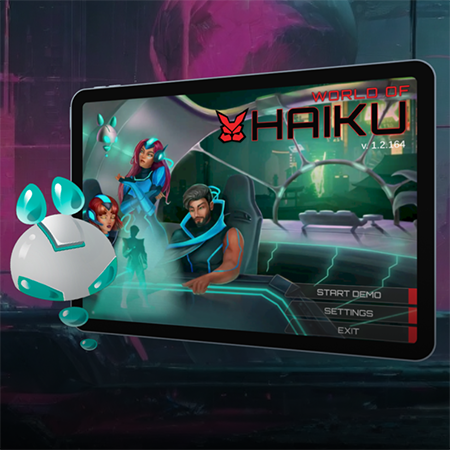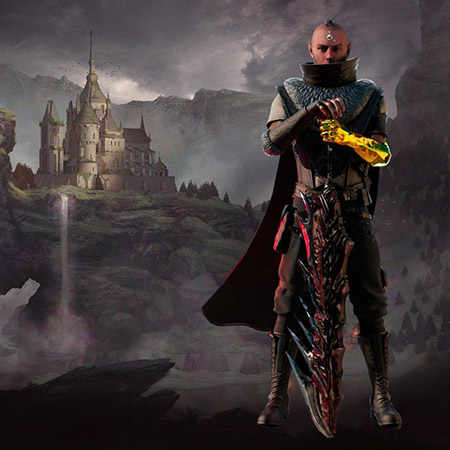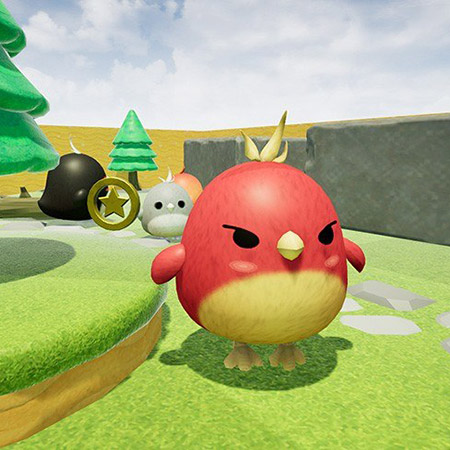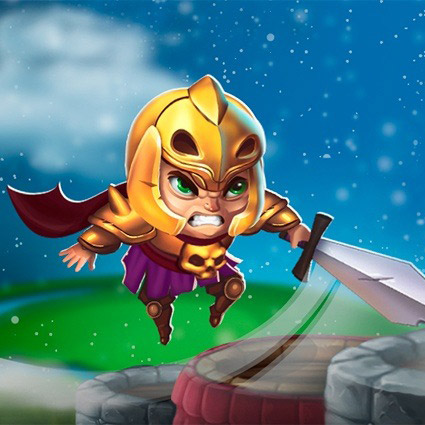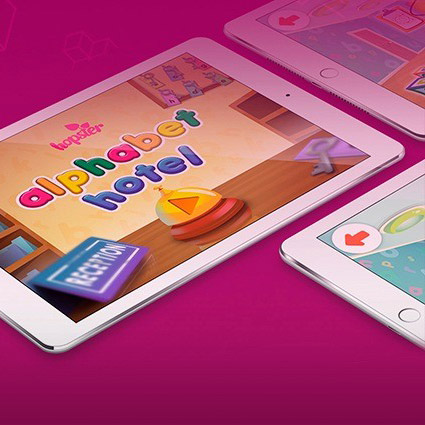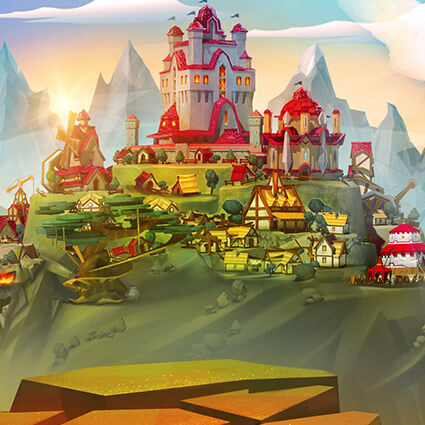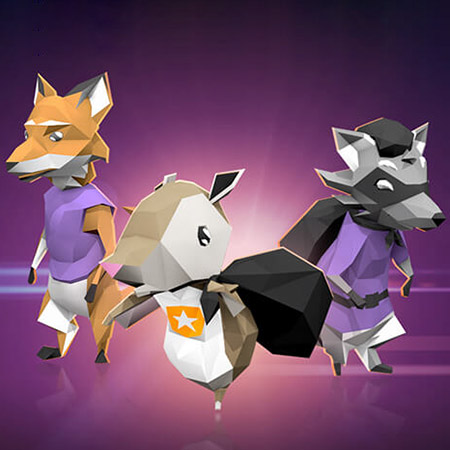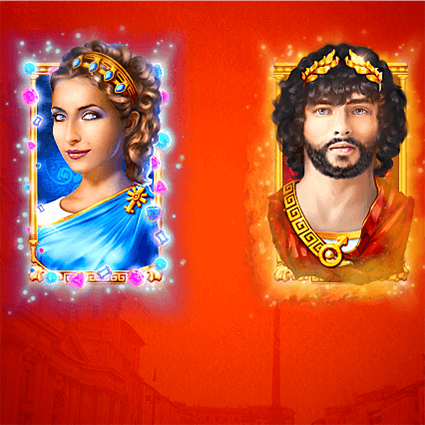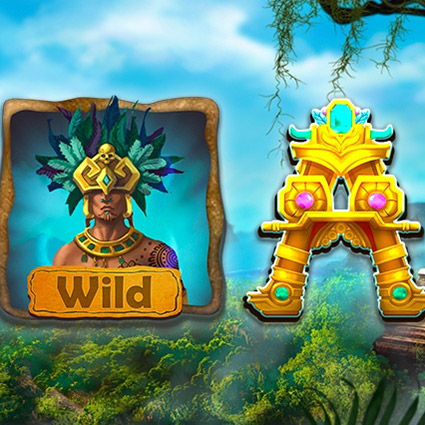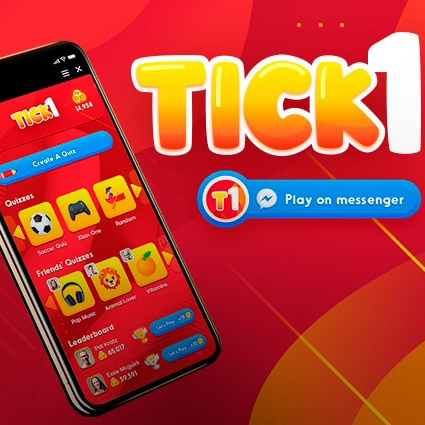Imagine slipping on a headset and instantly arriving in a vibrant casino lobby alive with sound, color, and motion. Neon lights illuminate the space, voices overlap in animated conversation, and the sound of chips hitting the table adds rhythm to the atmosphere. Yet no one is risking real money. Instead, they are participating in a VR social gaming casino, a shared digital venue designed purely for entertainment.
Our team has seen how quickly players adopt these environments when they combine immersion with community. Avatars gather around poker tables, trading jokes as they play. Nearby, slot machines erupt with celebration when someone hits a winning streak. A roulette wheel spins, drawing collective anticipation as the ball slows toward its slot. Every moment centers on interaction, excitement, and shared enjoyment.
Based on our experience, the real opportunity in VR casino development lies in building social-first experiences. The focus is not on gambling, but on connection and entertainment. Games must feel authentic, look visually striking, and offer sufficient variation to keep players coming back. Our experts consistently apply design and development methods that highlight those qualities, ensuring that each project delivers an experience people want to revisit, not just once but repeatedly.
Why VR Casino Games Are Rising Now
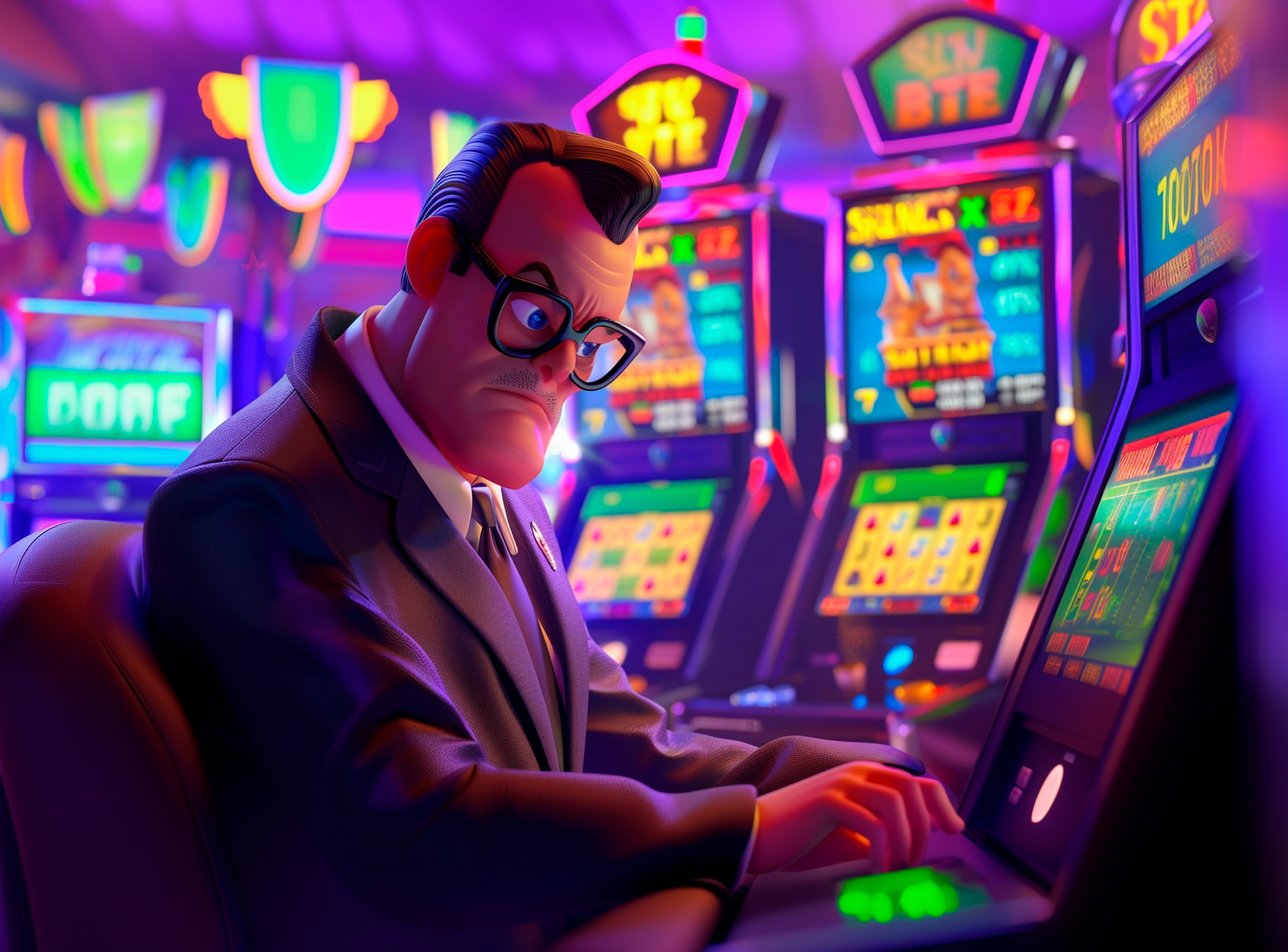
Our team sees a clear reason why VR social casinos are gaining attention right now. Several developments across technology, player behavior, and the broader market have come together to create the right conditions:
- Hardware adoption is accelerating. Standalone headsets are no longer niche devices. Shipments of AR/VR hardware increased by approximately 10% in 2024, with Meta accounting for more than 70% of the market share, primarily driven by strong demand for the Quest 3. Market forecasts indicate nearly 20% compound annual growth for VR headsets over the next decade, making the platform far more sustainable for developers than it was even a few years ago.
- Player expectations are shifting. Gen Z and Alpha grew up inside games like Roblox and Fortnite, where avatars, events, and digital identity are the norm. They already view online spaces as social environments, so a VR casino built around interaction and community feels natural to them.
- Mobile casino apps are crowded. The traditional market is saturated with titles that rely heavily on bonuses and free spins to attract users. VR introduces something different: presence. As industry analysts point out, social casinos offer a legal and popular alternative to real-money gambling in many jurisdictions, providing developers with new ground to stand out.
- Entertainment-first models improve brand safety. Real-money gambling brings regulatory and reputational hurdles. By focusing purely on progression, cosmetics, and live events, VR casinos avoid those complications while still supporting viable monetization. The social casino segment alone was valued at $7.99 billion in 2024 and is on track to reach $11.2 billion by 2028.
Taken together, these forces make VR casino development a timely move. Teams that step into the space now have the chance to shape expectations, set quality standards, and influence how the genre will grow over the coming years.
The Four Pillars of VR Social Casino Design
Whenever we design or advise on VR casino games, our team grounds the process in four clear pillars. They serve as a checklist that keeps every build session focused on what actually matters to players.
- Presence. People need to believe they're really there. Chips should click against each other with the right sound, cards should bend when handled, and the room's acoustics should feel natural. Visual polish alone isn't enough because spatial authenticity makes the difference between a novelty and a place players want to spend hours in.
- Clarity. Nobody should feel lost at the table. We use tutorials that unfold naturally in the environment, context-aware wrist menus that only appear when helpful, and tables that clearly display their rules at a glance. In our professional work, we've seen how a confusing interface drives players away faster than any technical bug.
- Community. An online casino platform without people is empty by definition. Features like proximity chat, expressive emotes, and organized events give the space energy. Parties and clubs make the experience feel ongoing rather than one-off. Our experience shows that social tools are the strongest predictor of player retention in this genre.
- Progression. One night of fun is valuable, but players need a reason to come back. We design layered systems, such as collections, achievements, seasonal passes, and mastery levels, that provide people with something to strive for over time. Those long-term goals transform casual visits into lasting engagement.
As a team that knows how to make a VR game, we keep these four words — presence, clarity, community, and progression — visible throughout the development process. They prevent the product from turning into "just another VR room" and instead push it toward becoming a living environment where players genuinely want to return.
Game Types That Shine in VR
As a virtual reality game development company, when we explore which casino game types work especially well in VR, we see that traditional mechanics take on new life. Gestures, spatial presence, and shared moments of drama turn familiar formats into dynamic experiences:
Poker-Style Tables
Blackjack-Style
Roulette-Style
Craps-Inspired Social Dice
Social Slots Pods
Bingo & Keno Lounges
Side Minigames
Our approach always asks: does this mode gain something from being in VR? Good fits are those where gesture, presence, or shared tension elevate what would otherwise feel flat. When they're right, the result feels far more alive than simply porting a 2D game inside a headset.
Designing Comfort Without Killing Drama
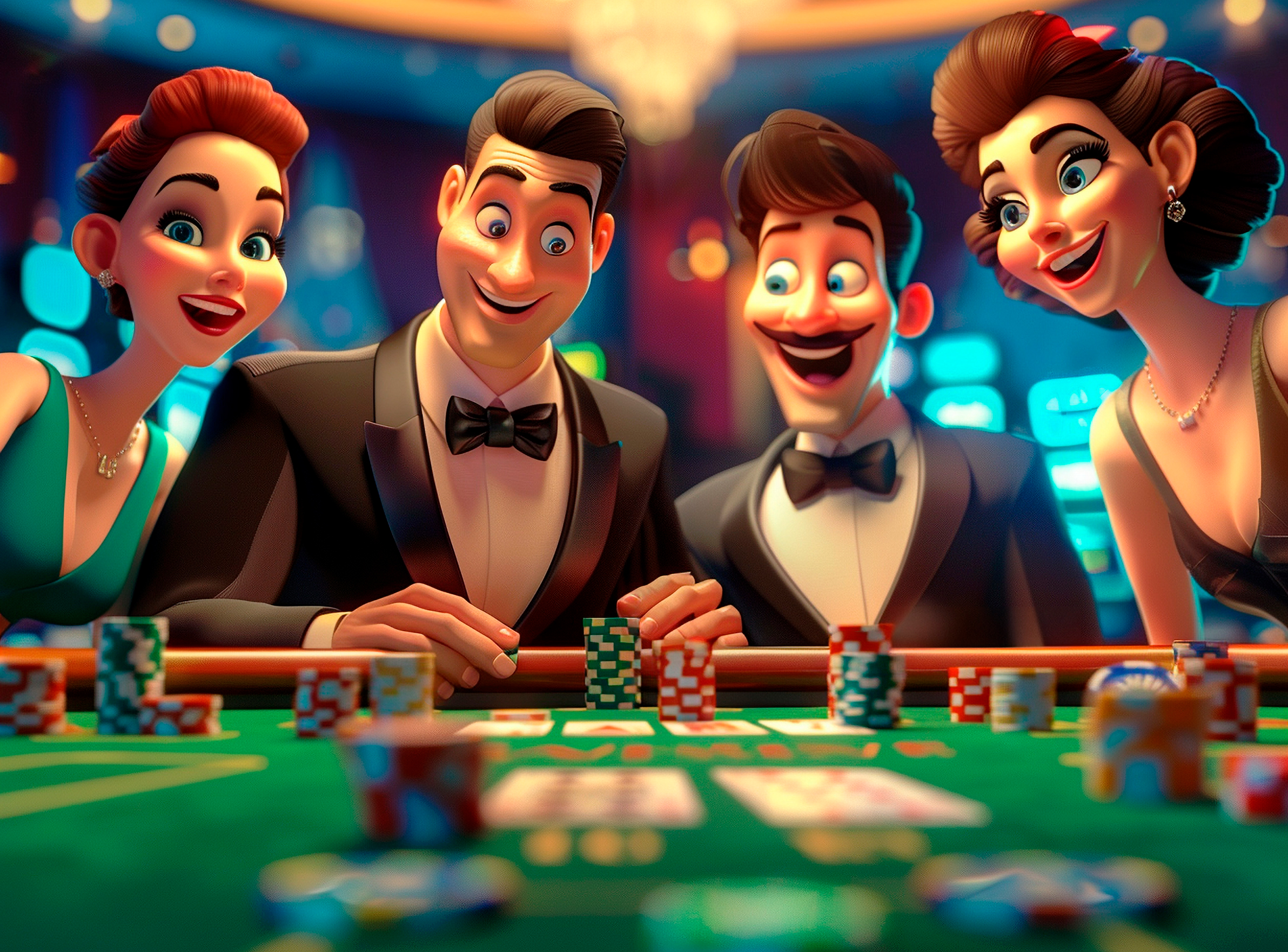
One of the biggest challenges in VR casino design is maintaining excitement without overwhelming players. Without it, even the most innovative mechanics will fall flat. A well-built experience allows someone to sit at a table for 45 minutes, leaning into conversations and play, without noticing how much time has passed. That level of immersion only happens when comfort is carefully engineered.
- Movement. Default to teleportation to reduce motion sickness. Snap turns at 30° increments help players stay oriented, and an instant recenter option should always be available.
- Reveals. Use subtle cues, such as directional audio, light shifts, or focus pulls, to guide attention instead of forcing abrupt head movements.
- Audio. Keep celebratory stingers short (two or three seconds) before fading them out. Clarity in voice chat must take priority, since conversation drives much of the experience.
- Visual design. Maintain calm base tones and save high-intensity flashes for big wins. For first-time players, soften the visual effects to ease them into the environment.
In our professional work, we've found that when comfort is treated as the baseline, players remain engaged longer and walk away with positive memories instead of fatigue. That balance, implying smooth systems supporting dramatic peaks, ensures that a VR casino feels both thrilling and sustainable for repeated play.
The Sacred Reveal
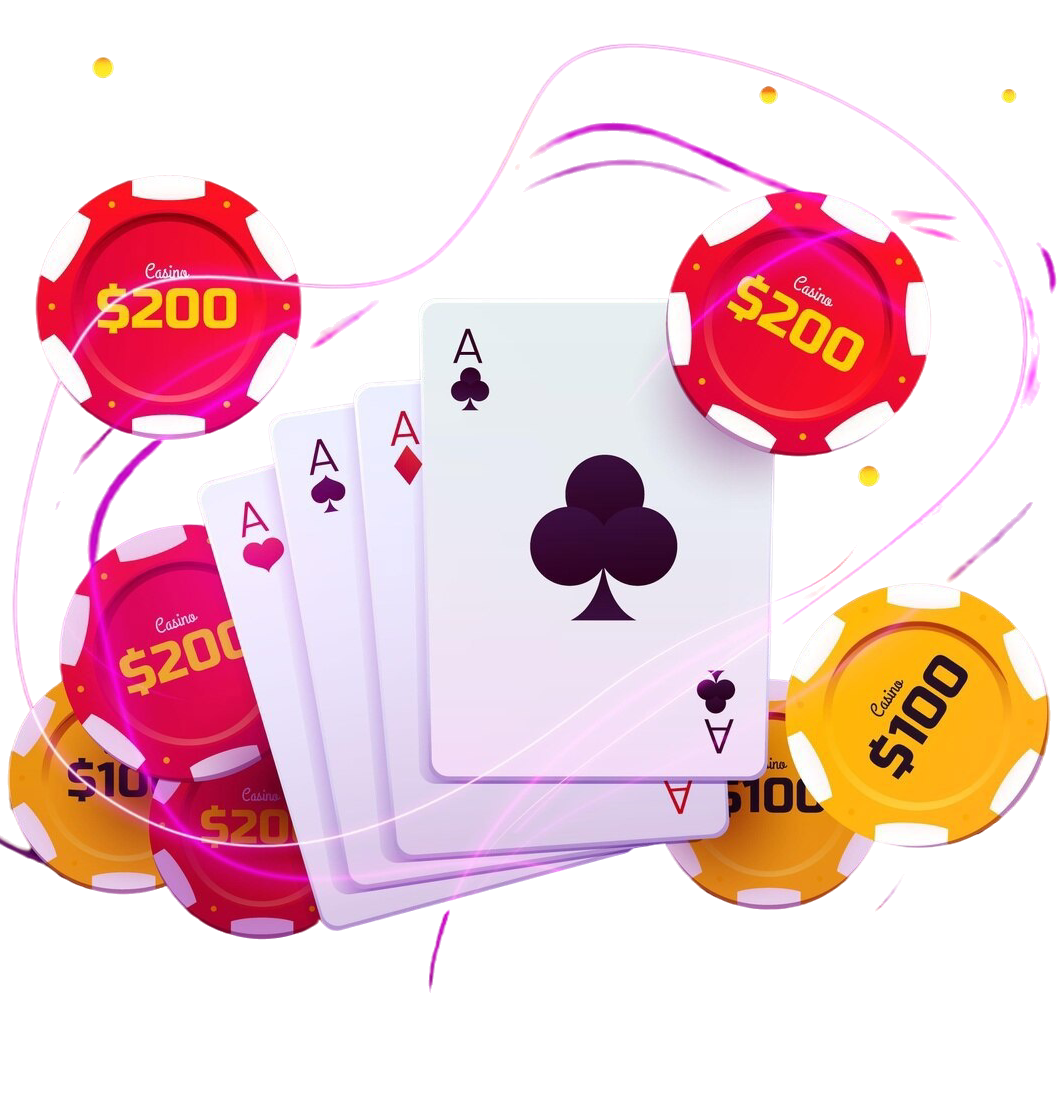
Every table game has a climactic moment: the flip of a card, the roll of the dice, the spin of the wheel. In VR, that moment carries far more weight and far greater risk. If you get it wrong even once, you damage players' trust. If you get it right, you spark a real emotional response.
Our team treats the reveal as sacred. We design, reveal logic, and netcode so tightly that it feels instantaneous, fair, and dramatic. Here we enumerate a couple of core rules that we insist on for any multiplayer VR casino game:
- Use an input delay buffer of 100–500 ms. In discussions of lockstep netcode for synchronous multiplayer systems, developers describe inserting an input delay buffer to absorb network jitter. This buffer ensures that all clients receive inputs consistently and can commit to a reveal simultaneously, avoiding desyncs and chaotic state mismatches.
- Send "pre-state → confirmation → animation trigger." The most reliable pipeline begins with a pre-state message (what is about to be revealed), followed by a server confirmation, and finally an animation trigger. This sequence guarantees that all players see the same outcome, with the animation tied to the authoritative server state. The approach reflects general best practices in multiplayer design, where presentation commands are separated from state authority.
- Trust the server when packets drop. Client visuals are never a reliable authority in case of packet loss or delays. Unity's documentation emphasizes that gameplay-critical events must defer to server state, since relying on clients creates inconsistency and broken trust.
- Synchronize reveal audio globally. The reveal's audio cue should not be local to one headset; all players must hear it simultaneously. Synchronization reinforces the drama and confirms fairness. Research on latency in multiuser VR highlights that even small desynchronizations of audio and visuals reduce the sense of shared presence and break immersion.
By synchronizing inputs, visuals, and audio across all players, the moment feels authentic and shared. Our experience shows that when the reveal is both fair and theatrical, trust deepens and excitement scales naturally. That is why we treat it as sacred: because nothing defines the memory of a VR casino session more than how the winning card, dice roll, or wheel spin is unveiled.
Economy Without Real Money
In entertainment-only casino spaces, players aren't coming back to chase money. They return because they want to look sharp, track progress, and share experiences with others. The design challenge is to give them reasons to stay invested over time.
- Currencies. Two systems work best: a soft currency that fuels regular play, and a premium currency reserved for cosmetics and personalization. That balance ensures a fair experience while allowing for optional purchases.
- Cosmetics. Players enjoy expressing identity. Outfits, expressive emotes, themed table skins, unique chip styles, and room décor options allow them to stand out and take ownership of the space. You can even take advantage of 3D and AI avatars in casinoM, which definitely adds immersion to the gameplay.
- Progression. Long-term motivation comes from systems such as mastery levels, collectible sets, and seasonal passes. These create measurable goals that encourage repeat visits.
- Events. Limited-time cosmetics linked to tournaments, club achievements, or themed weekends keep the environment dynamic and fresh. Events give communities a reason to gather around shared milestones.
- Creator marketplace. Opening the door to curated, player-made items or themes adds longevity. Community contributions often spark trends that developers couldn't predict on their own.
The guiding principle never changes: fairness comes first, flair comes second. The odds of every game remain untouched. What evolves is how players express themselves, celebrate milestones, and show progress within the shared environment.
Contact us for expert VR casino development.
Live-Ops: The Heartbeat of Social Casinos
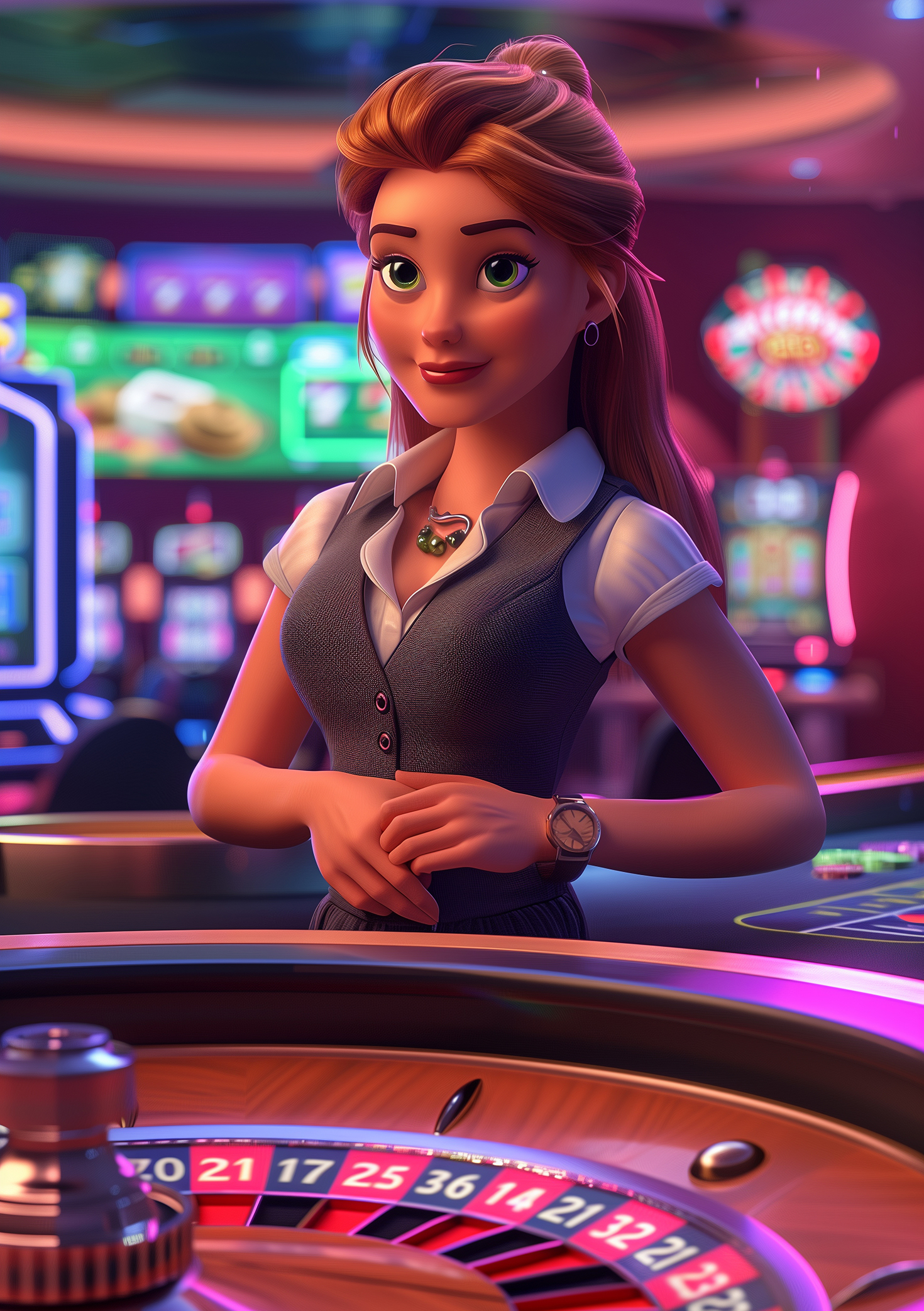
A VR casino that stands still doesn't last. Momentum comes from live-ops, and without them, even the most polished experience fades. Updates don't have to be enormous; they have to be consistent enough that players feel the world is alive.
Every month should bring something small but noticeable. Perhaps a new cosmetic set, a limited table skin, or even a playful rule variation that sparks conversation at the tables.
Once a quarter, the tempo rises. Entire themed rooms appear, new table types debut, or tournaments expand the competitive layer. These larger beats serve as milestones, moments when both regulars and lapsed players make a point to return.
Between the significant events, variety comes from rotating playlists. A temporary ruleset, an experimental mechanic, or a weekend twist on an established game mode keeps the content fresh without requiring permanent redesigns. It's also a natural way to test ideas before committing to them in the long term.
And then there are creator nights — evenings where streamers join in, supported by spectator tools and protective modes to ensure a safe experience for all participants. The sessions often generate buzz far beyond the casino itself, bringing new audiences in while giving current players a sense of being part of something bigger.
What matters is not the scale of each update but the cadence. Players want to know that the next surprise is always just around the corner. Ultimately, the steady rhythm is what transforms a static casino into a living, breathing destination.
Safety, Trust, and Brand Protection
Social VR cannot thrive without safety. In casino-style environments, trust and comfort weigh as heavily as visuals or mechanics. A lack of moderation or privacy controls will empty even the most polished space. For us, designing with protection in mind is paramount.
- Labeling. Every player should immediately understand that the space is for entertainment purposes only. Clear disclaimers, consistent messaging, and visible markers eliminate confusion about real-money play.
- Moderation. Safety tools must always be readily available. One-tap mute, block, and report options, combined with automated toxicity detection and human oversight, help preserve a welcoming environment.
- Parental controls. Younger audiences require tailored safeguards. Voice filters, safe rooms with curated access, and configurable playtime limits give parents confidence while allowing teens to explore responsibly.
- Privacy. Trust grows when users know how their data is handled. End-to-end encryption, transparent deletion options, and opt-in collection policies are now expected, not optional.
- Accessibility. Inclusive design opens the door to wider communities. Subtitles, color-blind modes, adjustable height profiles, and one-hand play ensure that physical or technical barriers exclude no player.
Trust carries the same weight as graphics, physics, or netcode. Build it with equal care, and the community will reward the effort with loyalty and long-term engagement.
Technology Behind VR Casino Games
Building a VR casino is more challenging than it appears. The challenge isn't only about designing glossy tables or flashy slot machines. Frame budgets are unforgiving, multiplayer stability has to feel invisible, and even a few dropped milliseconds can pull players out of the moment. Our goal is always the same: create a social space so smooth and alive that people forget about the hardware on their face and focus entirely on the experience around them. What else matters? Let's discuss it in the list below.
- Engines. Unity and Unreal remain the dominant platforms. Their mature toolsets, VR support, and rendering pipelines make them ideal choices for high-fidelity, multiplayer VR.
- Performance targets. For a comfortable VR experience, many VR development guides recommend maintaining 72 FPS for interactive apps. In Unreal's VR performance guidance, developers often allocate < 11 ms GPU time per frame to stay within budgets after reprojection overhead. On devices like Meta Quest, draw calls should be minimized. Realistic targets vary by workload, but heavy content often struggles to exceed a few hundred draws.
- Interactions. Hand poses must be curated to avoid odd collisions or unnatural motion. Chip colliders must be capped to prevent flooding physics or causing jitter. Every interactive object must respect the frame budget.
- Backend architecture. A microservices model helps. Identity, inventory, matchmaking, club systems, analytics — each runs in its own service. That architecture ensures scalability, resilience, and modular upgrades without breaking the whole system.
- Netcode. The server must remain the source of truth. Clients receive snapshots and updates, not the whole state. Interest management (which clients receive, and in which states) is essential to reduce unnecessary network traffic and ensure optimal performance.
- Voice. Low-latency VoIP is critical. Channels must respect proximity (players at the same table can hear each other), table (global voice is heard across the game floor), and party (friends and clubs). Quality, latency, and spatial consistency all matter.
Behind neon lighting and crowded tables lies a constant engineering tension. VR casinos must juggle rendering, network, physics, and audio without letting one lag break the illusion. When done right, players forget they're in a machine-driven world. That is when the magic lives.
Real-World Examples of VR Social Casinos in 2025
To ground our discussion, let’s examine several prominent VR casino-style environments today. All of them operate as entertainment-only platforms (no real-money wagering), and each reveals how presence, community, comfort, and reveal design are expressed in live systems.
1. PokerStars VR (Vegas Infinite)
Platforms: Meta Quest 2 & 3, SteamVR, PlayStation VR2
One of the earliest and most recognized names in VR casino entertainment is PokerStars VR, which has recently been rebranded as Vegas Infinite. The platform has grown into a full Las Vegas–style destination, offering poker, blackjack, roulette, craps, and slots under one roof.
Players step in as custom avatars, use spatial voice chat to interact naturally, and take part in tournaments that mirror the energy of real casino floors. To maintain that energy responsibly, the developers have also rolled out AI-powered voice moderation, giving the community tools to stay safe while keeping conversations dynamic and fun.
2. Social Club VR: Casino Nights
Platforms: SteamVR (PC VR)
Available on SteamVR for PC, Social Club VR: Casino Nights captures the atmosphere of a traditional casino while mixing in a few unexpected extras. Alongside poker, blackjack, and roulette, players can sit down for chess or backgammon, adding variety to the experience.
Its real strength lies in the way multiplayer voice chat supports natural table conversations, making sessions feel relaxed and social rather than transactional. A leaderboard system introduces a touch of competition, but the overall tone remains casual, allowing players to enjoy the games together without pressure.
3. Vegas Billionaire Casino
Platforms: Meta Quest 2 & 3 (VR and MR)
Vegas Billionaire Casino by Century Games leans heavily into the spectacle of slots while layering in social elements. The title features dozens of slot machines, each with interactive bonus rounds designed to keep players engaged throughout their sessions.
More recently, blackjack and roulette have been added to broaden the experience beyond slots. Players can step into the Ruby Lounge for a more exclusive setting or switch to Mixed Reality mode, placing virtual slot machines directly onto their living room furniture. The combination of variety, flashy presentation, and social interaction makes it one of the more experimental entries in today's VR casino scene.
4. Casino VR Poker
Platforms: Meta Quest
Available for Gear VR and Oculus Rift, Casino VR Poker lets you step into a lifelike casino from the comfort of your home and join players from around the globe. Chat, laugh, and compete in real time as you build friendships and rivalries at the virtual poker table.
Realistic avatars mirror players' actual movements, giving you a chance to spot tells and call bluffs just like in a real casino. Casual users can enjoy a relaxed atmosphere and social interaction, while ambitious players can aim for the top of the leaderboards by winning big. With free multiplayer gameplay and a vibrant community, Casino VR Poker delivers an authentic social casino experience where you might lose track of time.
5. Bullet Roulette VR
Platforms: SteamVR, App Lab (Quest)
Bullet Roulette VR takes a playful detour from traditional casino games. Instead of poker tables or slot reels, the focus is on Russian roulette — a darkly comic setup where up to four players bluff, banter, and test their luck as cards alter the odds each round. The tone is more akin to a party game than a polished casino, but that's precisely the appeal. By mixing humor with tension, it captures the raw thrill of chance in a way many slot-focused apps never quite manage.
Notable Trends in VR Social Casino Development for 2025
Looking across the projects highlighted above, several themes stand out clearly. Together, they illustrate how the genre is growing and what players expect from VR social casinos in 2025.
Why Build with Game-Ace
As a full-cycle game development company and the dedicated game division of Program-Ace, Game-Ace has spent years refining how to deliver VR casino experiences that feel alive and social. Our team handles every stage of production in-house, bringing together netcode, backend systems, art, UX, QA, and live ops under one roof. That full-cycle approach means clients get a long-term partner centered around creating sustainable engagement.
What we bring to the table:
- Expertise. Deep experience with Unity and Unreal, multiplayer networking, avatar systems, and live-ops pipelines.
- Security. Privacy-first telemetry, robust moderation tools, and readiness for compliance in regulated markets.
- Engagement models. Options for turnkey production when you need a complete solution, or seamless team extension when you want to expand your in-house capacity.
Our portfolio covers entertainment, training, and simulation, and that breadth gives us the perspective to combine creativity with technical rigor in every project. If you are ready to create a VR social casino that stands out, we invite you to contact us.
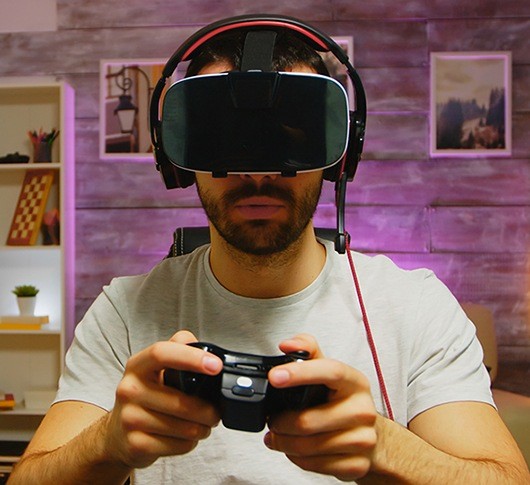 How to Make a VR Game and Succeed
How to Make a VR Game and Succeed 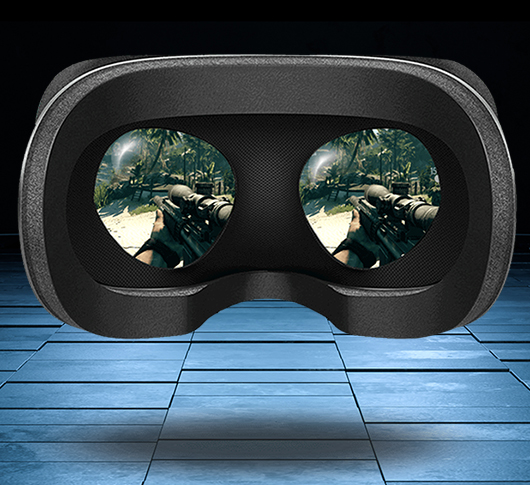 Oculus Game Development: Cutaway View
Oculus Game Development: Cutaway View 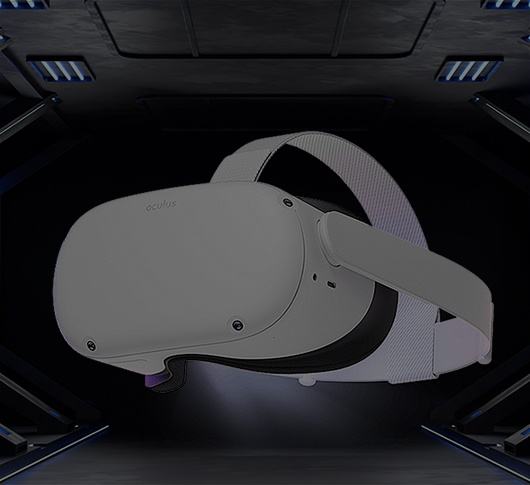 Hardships and Rewards of Oculus Quest Game Development
Hardships and Rewards of Oculus Quest Game Development 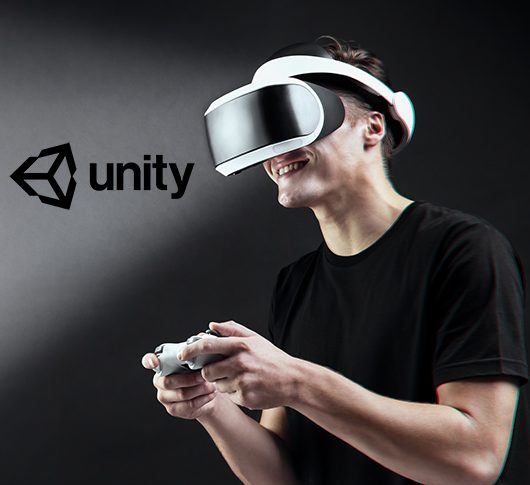 Creating a VR Game in Unity: A Step-by-Step Guide
Creating a VR Game in Unity: A Step-by-Step Guide 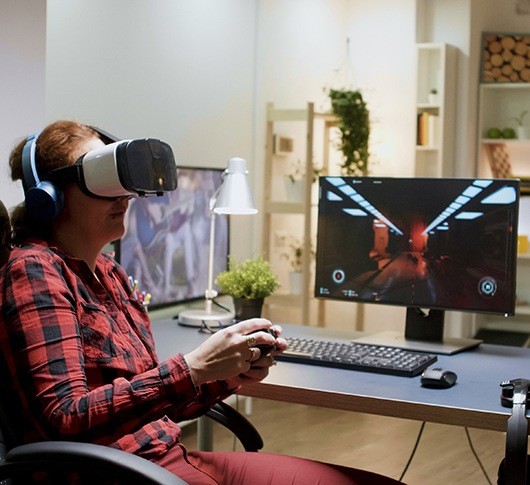 How to Make VR Games in Unreal Engine: Key Takeaways
How to Make VR Games in Unreal Engine: Key Takeaways 








